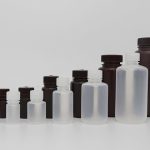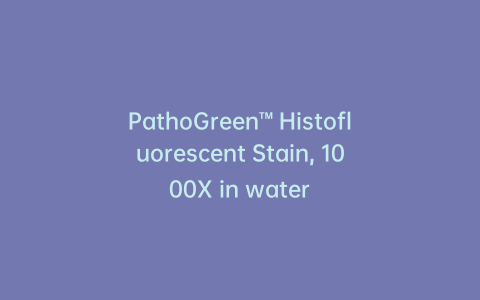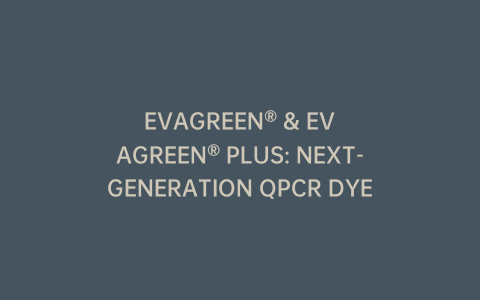In orthopaedic surgeries, the implant-associated infections are extremely critical as they may hinder bone healing, resulting in implant failure and even osteomyelitis. Used for local delivery of antibiotics at surgical sites, drug-eluting implants are considered to be a promising tool in infection prevention.
The antibiotic vancomycin was encapsulated in a polyethylene glycol (PEG)-based hydrogel film which was covalently combined with Ti implants and then covered by a PEG-poly(lactic-co-caprolactone) (PEG-PLC) membrane. In addition, crosslinked starch (CSt) was mixed with the hydrogel due to the ability of its porous microstructure to inhibit hydrogel swelling and thus slow down drug release. The drug release was regulated by drug loading and coating thickness. With no initial burst release, the vancomycin-loaded Ti implants exhibited the release for about 3 weeks in vitro and more than 4 weeks in vivo, showing good antimicrobial capability with reduced inflammatory reaction.
By immobilizing the antibiotic-loaded polymeric coatings on orthopaedic implants, a sustainable drug release with no initial burst release can be achieved, keeping an effective concentration for a long time. As a result, it is expected to be an effective strategy for the treatment and prevention of local bone infections.




